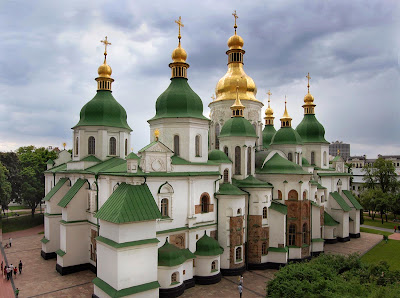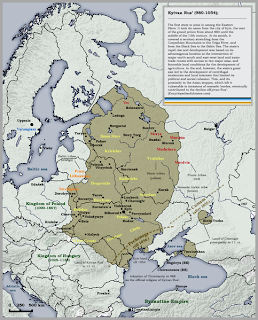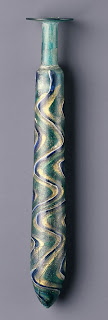The Aztec empire in the Valley of Mexico originated from a number of culturally and linguistically tied indigenous tribes who moved to the valley from their native Aztlan in the early 12th century. The Aztecs are most famous for their distinctive practices of human sacrifice, and an intricate and cruel legal system. Before their fall to the Spanish conquistadors in 1521, the Aztecs were a powerful people, whose influence resonates today in the archeological evidence of their social structure and their modern tribal descendants: the Nahua people.
The empire was separated into a number of city states called altpetl. Each altpetl was governed by leader known as the tlatoani, who was accompanied by a judge called cihuacoatl. The tlatoani was charged with leading the military, carrying out judicial action, and handling all market-based issues within the city-state that his property. Both the tlatoani and the cihuacoatl were members of nobility, and appointed all member of administration below them.
The emperors were chosen by a four nobles who were related to the
previous tlatoani. They were chosen among the brothers or sons of the
former leader, and had to pass a number of scholarly, militaristic, and
age requirements in order to become rulers. Montezuma I, picture above, was the fifth emperor of the Aztec capitol: Tenochtitlan. In 1428,during his reign Tenochtitlan formed an alliance with the rival altpetl, Texecoco and Tlocopan, in the interest of sharing and collecting tribute of conquered regions, and security measures.
 |
| Name-glyphs of the members of the Triple Alliance. source |
 |
| Aztec judge sentencing an erring official. source |
The legal system of the Aztec was
complex, rigid, and based heavily on tradition and the determination
that these rules would maintain the people's respect to their
government. Civil and criminal laws were issued in the form of
pictographs that directly reflected the ruler's wishes.
Numerous offenses were punishable by death, including homicide, perjury,
rape, abortion, highway robbery, moving boundary markers, serious
defamation of character, destruction of crops, selling stolen property,
weight and measure fraud, witchcraft, incest, official graft, pederasty,
inciting a public disturbance, sedition, treason, desertion or
insubordination by soldiers, use of the emperor’s insignia, and serious
judicial misconduct. Capital punishment could be carried out through
hanging, drowning, stoning, strangulation, beheading, beating,
disembowelment, burning, quartering, and opening the chest to remove the
perpetrator's heart.
 |
| Aztec harvesting crops. source |
|
|
|
|
|
|
|
|
|
|
|
|
|
|
|
Property owning was a complex, hierarchy-based system. The leader owned personal and royal property, along with the land acquired from conquered regions - all of which he could use or spread amongst the nobles as he saw fit. Nobles and warriors could only own land given to them by the emperor, or sold by other nobles or warriors. Commoners could only work on land granted to them by the owner, they could not own land individually.
The Aztec family framework was just as complex as the broader social structure. Marriages were arranged by the parents and could only scope within their social class: nobles only married other nobles. Children were expected to be obedient and there was a number of gruesome physical punishments (drawn above) that parents were permitted to enforce. While divorce was not legal, both spouses could petition for separation based on a preformed number of possible reasons, i.e. beating by the husband, infertility, laziness by the wife.
"A strong system of laws governed the economic operations of the Aztec
Empire. The main sources of income for the empire were tribute and
taxation. The conquered regions paid tribute to the emperor and the
Aztec citizenry paid taxes (with the exception of priests, nobles,
minors, orphans, invalids, and beggars). Merchants paid taxes on the
goods that they sold, artisans paid taxes based on the value of their
services, and barrios paid taxes through the crops that they produced.
Failure to pay taxes was punishable through slavery or the confiscation
of property."
 |
| The Florentine Codex. A compilation revealing the gradual fade of Aztec culture into the Spanish and indigenous Nahuatl tribes. These illustrations are of Aztec deities that have been found to have Roman parallels. source |
|
 |
| Residue of human blood has been found on this demonic figure that was placed outside of House of the Eagles, where the priests and nobility would enact human sacrifice. source |
|
Ritual human sacrifice was a large part of the Aztec culture, that was both used as capital punishment and instilling terror - and thus obedience - in the people. The Aztecs believe they owed a blood-debt to the gods, and people were killed in the tens of thousands in one eighteen-month cycle. Not only was it of religious significance that was spread to the justice system, human sacrifice was also one part of the rite of passage for Aztec warriors. The military was a large part of Aztec's social structure, and to become a Jaguar or Eagle Warrior (pictured below) was one of the highest honors in Aztec society.
 |
Sculpture of an Eagle Warrior, one of most respected members of Aztec society, who had power in the political/militaristic realm. source
|

















































